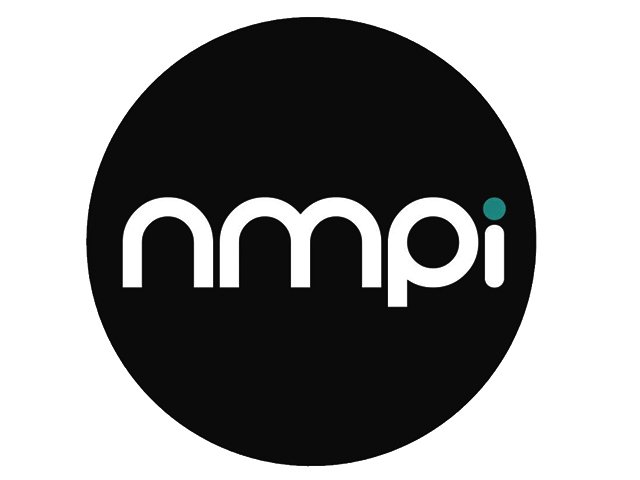By Johan Walters, head of NMPi Labs
Humankind has always relied on its artists and authors to imagine the future for us. While Isaac Asimov and Arthur C. Clarke gave older generations a glimpse into a fantastical future, their imagined realities are not only here, but already have some questioning if we’re moving too fast.
Most of the work we do with companies is based on the purely commercial side, and how to use new technologies like augmented, virtual and mixed realities to attract and retain new customers. There is, however, a new drive to explore how these new techs (along with AI and machine learning) can help organisations and individuals tap into potential new ‘superpowers’ to benefit society.
Imagining a human 2.0
Work in Singapore allowed me the opportunity to visit the Singapore Art Science Museum, where the exhibition Human + has been set up to ask some of the deeper questions around new technology and how humanity is interacting with it.
Being human in a world of artificial intelligence, robotics and genetic modification brings with it some deeply confounding questions. Ethical, social and environmental questions probe just how far we could and should be going when it comes to human advancement, augmentation and even increased longevity.
Using VR headsets, visitors could experience the world as different gender, race and even species.
This concept of the empathy machine was discussed at the recent Augmented World Expo 2017, which I attended in May. In fact, a large part of the three-day conference was based on how we could be using tech to further evolve ourselves and, through this, build a better world.
The good of all
From a practical point of point of view, embracing this kind of technology could be put to excellent use in the world of the non-governmental organisations (NGO). So much of the work done by our not-for-profit organisations depends on shifting perceptions, and thereby, shifting behaviours or reactions to various societal challenges.
If we could take a virtual experience and allow people to actually experience the lived reality of a different gender, race, sexuality, generation, or even species, the hard work of getting people to support projects, initiatives and organisations would be infinitely easier! The applications of this in terms of battling xenophobia by allowing people to virtually experience life across borders is also something which holds vast potential.
A key opportunity which transcends both social and economic benefit is in the area of training and education. Vast amounts of research has been published about how people retain skills better by doing, rather than just learning. Bringing mixed realities into training spaces could see markedly improved success rates in a far shorter space of time.
Stepping into the slightly more esoteric space, the notion of ‘truthfulness’ may even become something which technology will address. Developed in 2013 already, the mood sweater uses LED lights to display basic emotions of the wearer. Taken a step further, this could also use nanotechnology to show if a person is telling the truth or not. While this may not be welcome in boardrooms or a G20 Summit, applications like this may give the online dating space a new way to match-make far more effectively and efficiently.
From AR glasses to commercially available exoskeleton suits, technology is already allowing us to physically augment senses and abilities in our day-to-day existence. Improvements in nano and biotechnology will now also bring extended longevity into stark focus.
How far is too far?
While all of this holds immense opportunity for NGOs, enterprises and humanity in general, it is also giving rise to a new existential conundrum.
How do we make sure that we are using technology for the betterment of society, and not charging forward without giving thought to how the rise of the machine may impact us all?
Artificial intelligence has been cause for the most vocal cautionary voices. Some of the finest minds have begun warning companies that we need to start rigorously applying ourselves as to how to regulate the advancements in this area. The non-profit, OpenAI, funded by Elon Musk and others, is focusing on how to ensure open collaboration, but also check that AI is being used for the benefit of humanity as well as protect us from potential risk.
This may sound alarmist, but the conversation around how technology could contribute our ultimate downfall is being spearheaded by the likes of Stephen Hawking. For public and private organisations, pausing to see how their tech forays can be used to maximize benefit rather than simply focusing on profit, is going to become an increasingly important board-level conversation as the ethics of IT takes off.
Ethics matter
For the local digital professional, working with a technology partner who has considered the ethics of how technology is used will also become increasingly important. While the greater global conversation is still somewhat esoteric, from a very practical point of view, many agencies that are crafting AR and VR experiences for brands are not even considering these issues.
Whether it’s a retail storefront created entirely in AR format, or a complex VR game making use of AI to adjust to the gamers’ strategy as things progress, agencies must be aware of not stepping over ethical boundaries. We may not be at the stage of implementing Asimov’s Three Laws of Robotics, but being in a position to advise clients on ethical issues will be what sets agencies of the future apart.





